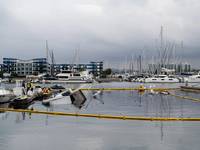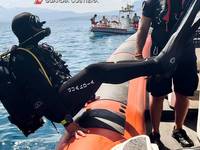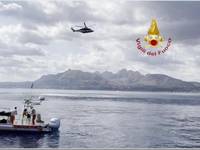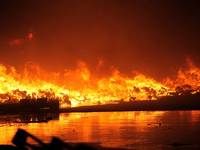MAIB Blames 'Structural Weakness' in Cheeki Rafiki Capsize
An accident report into the loss of the Cheeki Rafiki mid-way through a transatlantic crossing last May, found that undetected damage to fittings around the keel after a string of earlier groundings are among the likely causes, says the Telegraph.
The loss of four UK sailors in the Atlantic was "a tragic accident", the head of the Marine Accident Investigation Branch (MAIB) said. Days later the hull of the 40ft yacht was found with its life raft still on board. There was no sign of the crew.
The loss of the yacht Cheeki Rafiki and its four crew in the Atlantic Ocean approximately 720 miles east–south-east of Nova Scotia, Canada was happened on 16 May 2014.
One or more keel bolts on the yacht may have deteriorated and it was "probable that the crew were fatigued and their performance was impaired accordingly", the MAIB report said.
This has been a challenging investigation. Cheeki Rafiki capsized and inverted, almost certainly as a consequence of its keel becoming detached in adverse weather, in a remote part of the North Atlantic Ocean.
"The investigation has identified that in GRP (glass re-enforced plastic) yachts that are constructed by bonding an internal matrix (or lining) of stiffeners into the hull, it is possible for the bonding to fail, thereby weakening the structure," says the report.
The four men lost in the May 2014 disaster were captain Andrew Bridge, 22, from Farnham, Surrey, and crew members James Male, 22, from Southampton; Steve Warren, 52, from Bridgwater, Somerset; and Paul Goslin, 56, from West Camel, Somerset.




